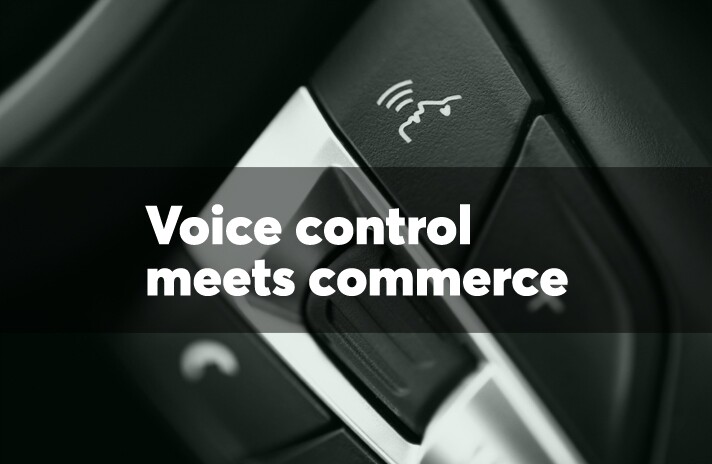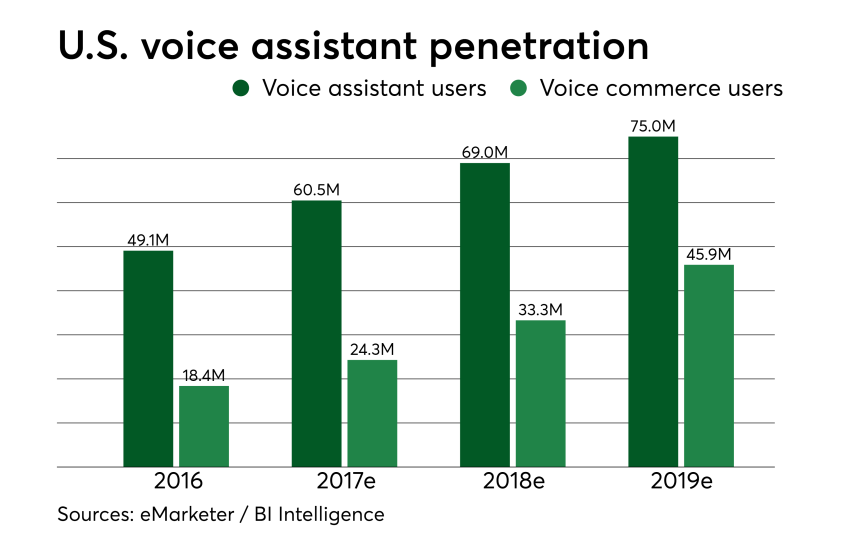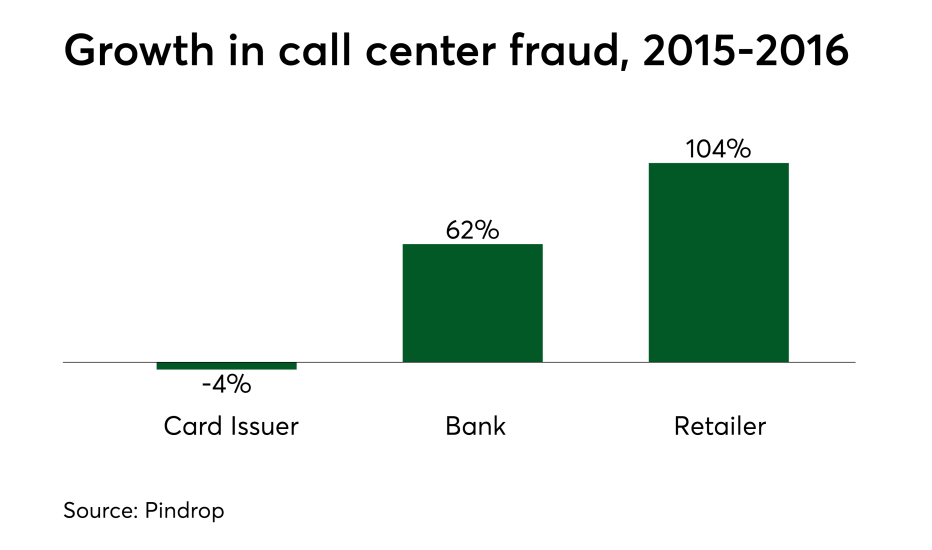
But these updates are just a small part of the picture for voice based platforms — as Internet of Things solutions become more commonplace in the home, the office and the car, voice interaction is the most likely channel for the next generation of commerce.
As with all nascent technologies, there is a learning curve and a fear of the unknown that will be a gating factor to greater adoption until trust is developed.

This is expected to grow to over 70 million U.S. users by the end of 2019, spurred by multiple trends.

According to Kleiner Perkins, nearly 70% of queries made on Google’s platform are natural or conversational language, pointing to the high degree of advances made in AI over the past couple of years. As further proof of the effectiveness of voice interaction, Kleiner Perkins reports that 20% of mobile queries are now made by voice.
These queries should only grow following the launch of new devices in Amazon's and Google's lineup specifically for voice interaction. While Amazon still does not have a strong mobile platform beyond its line of Kindle devices, Google's Home hardware will have the benefits of integration with its Android smartphones and tablets. Apple's unreleased HomePod speaker also promises Siri integration.

Voice assistants and their capabilities are no different. According to eMarketer, 32% of consumers are reluctant to purchase voice assistants due to security concerns and 63% of Internet users are concerned that voice assistants are able to snoop on private conversations.
This skepticism of voice assistants transfers over to voice commerce. This is understandable — presumably if you don’t trust a voice assistant to mind its own business, you are probably not going to trust it with making a payment. In a survey of Amazon Echo owners by BI Intelligence, 42% of people said they would not use voice payments due to security concerns, higher than any other reason given.

Consumers are familiar with passwords and PINs and increasingly comfortable with providing fingerprint biometrics to unlock smartphones, but more exotic types of biometric authentication are less trusted. Right now Amazon's Echo devices allow users to control whether voice purchasing is permitted, but without cameras and fingerprint readers and PIN pads, smart speakers have few options for authentication.
The good news is that voice recognition is perceived to be the least intrusive biometric authentication method and is therefore the one with the fewest barriers to adoption.
According to recent findings by Juniper Research, 62% of consumers said they would be likely to use voice authentication for contactless payments. This was closely followed by facial recognition, with 59% of consumers stating that they would be likely to use this for authenticating a contactless payment. More recent and emergent forms of biometric authentication were less popular — eye scanning and heartbeat recognition would be used for contactless transactions by 53% and 43% of consumers respectively.

However, fraudsters are unlikely to be ignoring the growing revenue potential for this entirely new channel. An early indicator of activity in voice fraud and the collective honing of skills by fraudsters can be seen with recent increases in call center fraud.
According to recent research from Pindrop, a company specializing in voice fraud detection and management, there has been a notable increase in global fraudulent activity across call centers from 2015 to 2016.
In 2015, the likelihood of call center fraud was 1 in 2,000. In 2016, this had increased to 1 in 937. According to the research, some industries are harder hit than others — call center fraud at card issuers actually dropped slightly, but banks and retailers experienced significant increases. Banks saw a 62% increase, from 1 in 1,400 to 1 in 867.
Retailers had it even worse, with an increase of 104% in call center fraud, rocketing from 1 in 1,000 calls being fraudulent in 2015 to just 1 in 491 in 2016.





